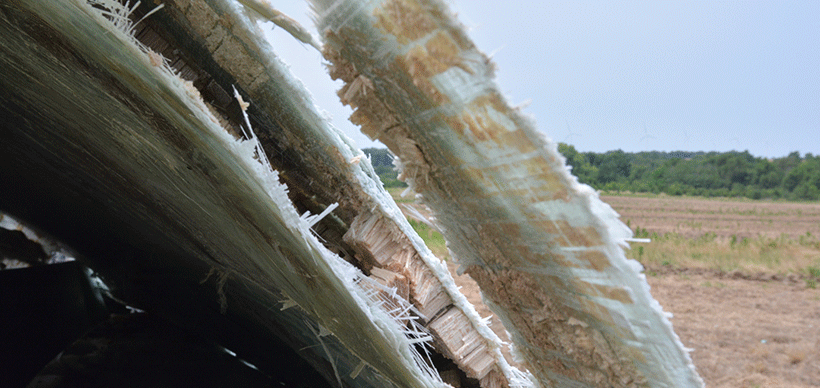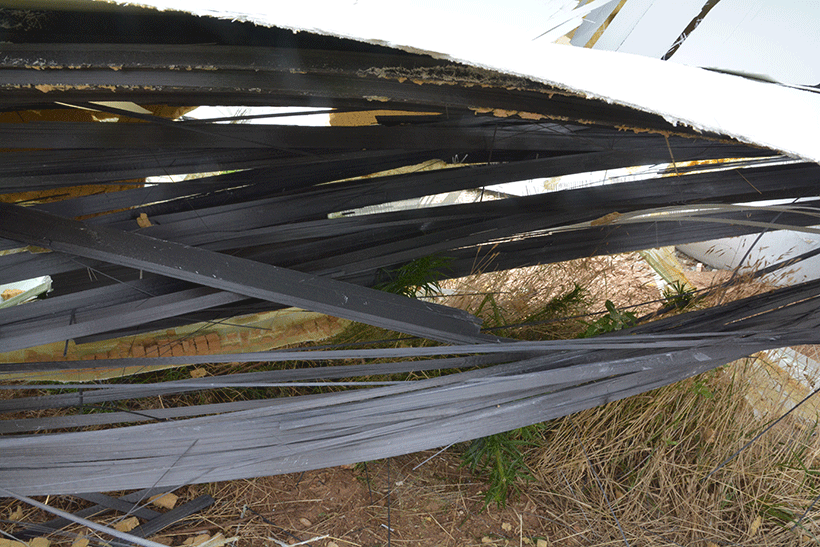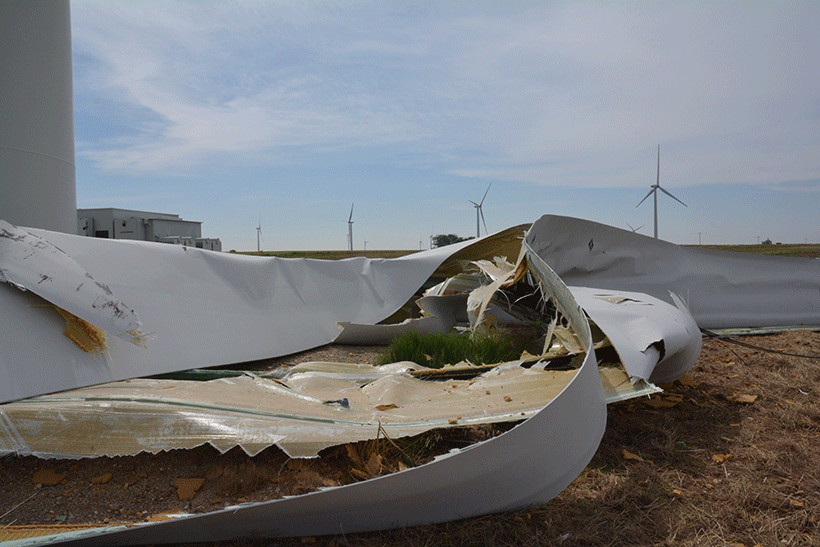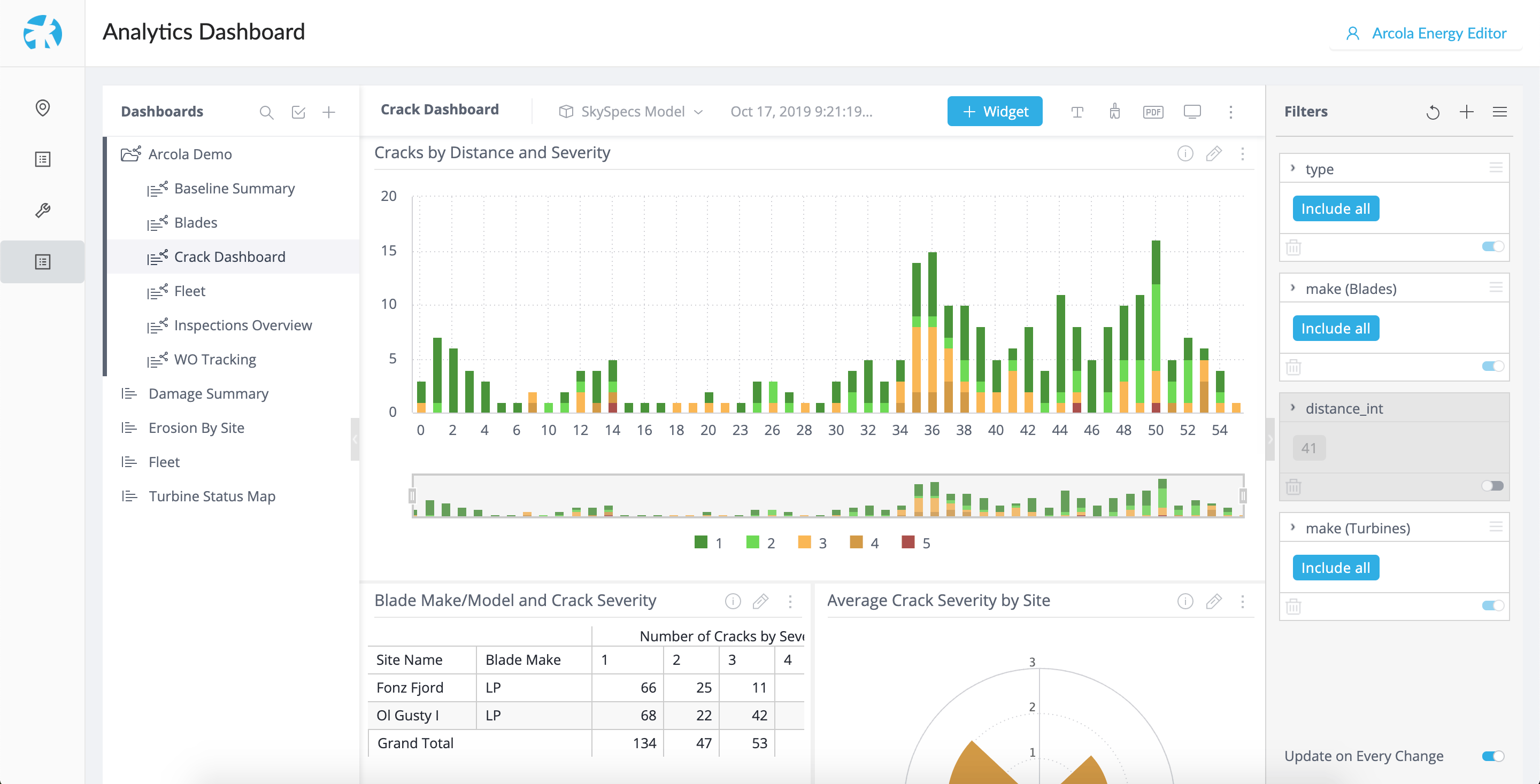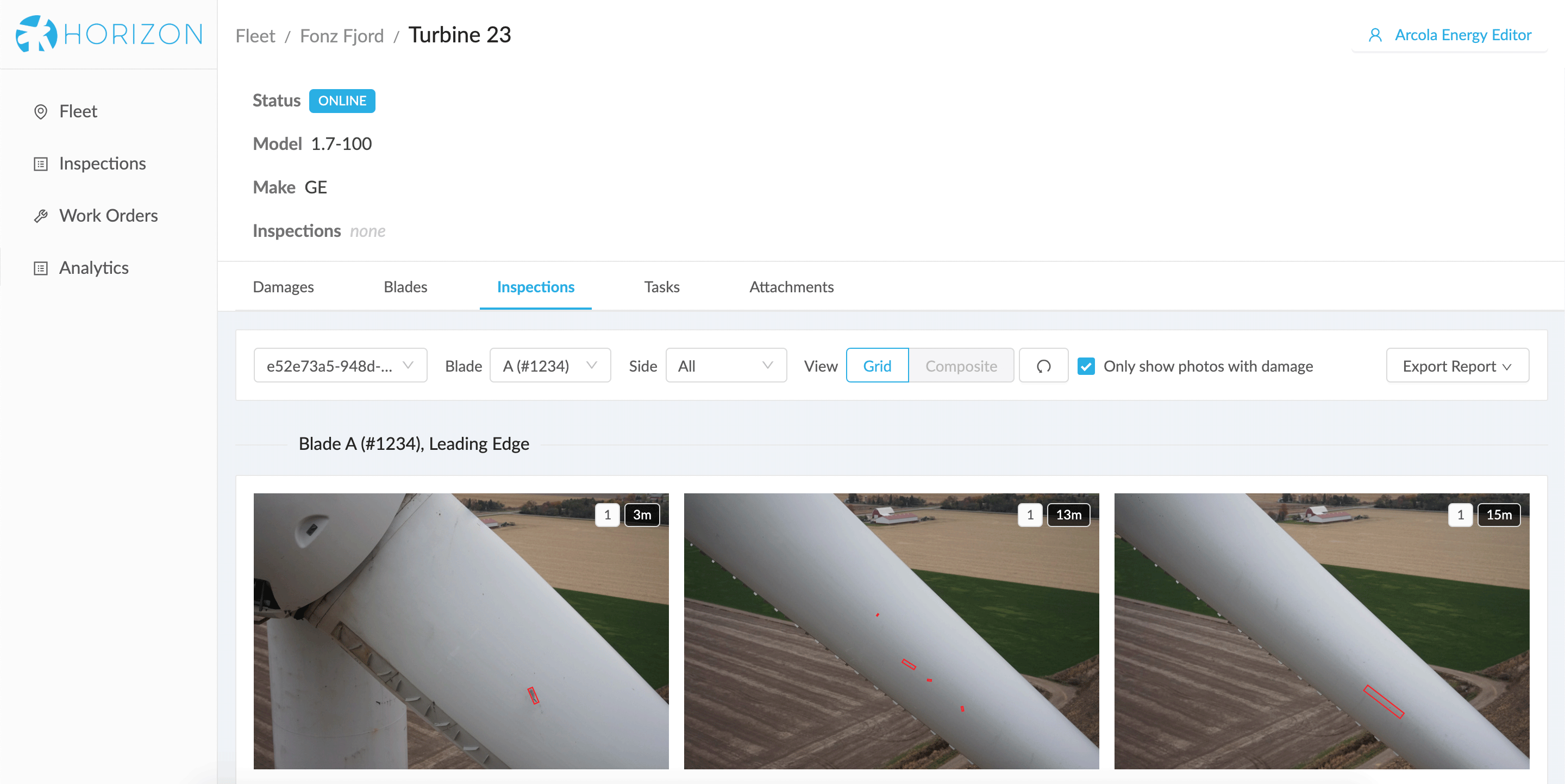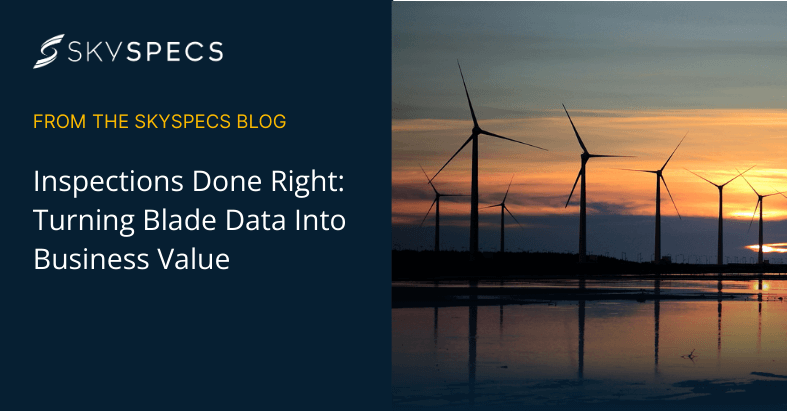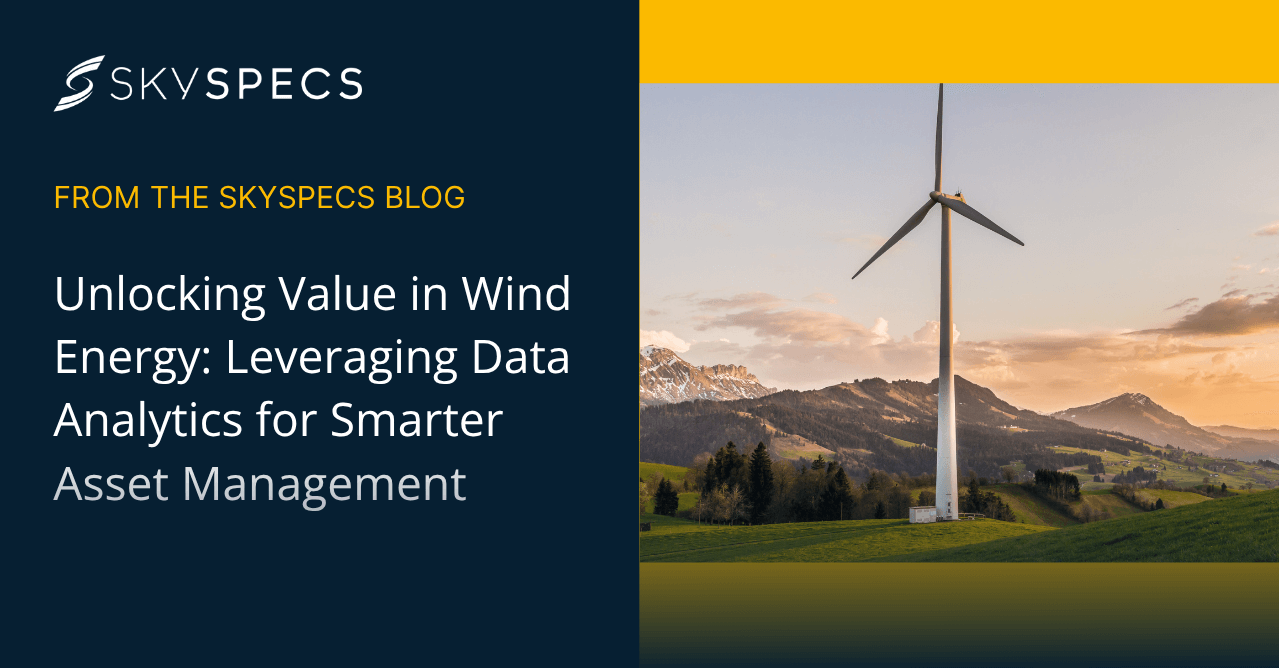Technology Pushes Blade Performance
Technological development in the wind industry has been notable over the last decade. The industry is maturing, which ultimately brings down the cost of generated electricity. Offshore is booming and wind turbines are going “big.” Rated power has crossed 10MW, and blade length has reached 100m. All of this was made possible due to advances in computational technology, which allowed for refined and optimized engineering. The design process became more virtual, with very detailed numerical representations of the structure and non-linear response analyses. Higher utilization of structural reserves allowed for lighter-weight blades, pushing structural and aerodynamic performance further than ever before.
With all these advances, the materials and manufacturing processes remain practically the same. Consequently, blades became less forgiving and more prone to design and manufacturing imperfections during standard operational conditions.
Post-2000 Changes: The Need for Regular Blade Inspections and Standardized Data
Machines released to the market in the early 2000s show noticeably higher durability, and are often able to operate longer between inspections, revealing a lack of serious damage. On the contrary, the new blade models are not as forgiving. Yearly inspections have become a must-have for safe and sustainable operations. Often, the actual blade condition is becoming an unknown within less than 12 months.
Regular blade inspections are no longer a checkbox on warranty requirements, but a common practice and necessity. To get the most out of inspections, the quality and consistency of data needs to be exceptional. Together with other fieldwork, the level of documentation should be enhanced in order to capture the true state of the turbine. Historically, the blade inspection and damage repair reports came in a variety of forms. With every vendor came a different scope, severity and reporting template. A “mix” of field reports can no longer be accepted: endless combinations made it impossible to have an overview of the blades’ conditions and, in turn, difficult to properly execute a maintenance strategy.
Clean Up Your Data and Prepare for the Future
To plan forward, the maintenance team needs to know where they are and how they got there. Standardization of the data fed to the industry is essential. The common language not only facilitates an information exchange and statistical data analysis, but it also streamlines the damage repair procurement process.
In industry literature there have been several proposals on how to standardize damage categorization. However, none have thus far been based on the available statistical data. The trend has been to use material and subcomponent test data and differentiate across blade internal designs. Limited information often resulted in capturing only the high-level issues. With the variety of blades and structural designs, the ability to follow the blade internal structure is becoming a privilege. A constantly growing installation pace makes the demand vastly exceed available field personnel. Camera and drone images are indispensable to keep up with the growth. Moreover, the number of damages per turbine is also increasing. According to the Altitec 2018 Blade Repair Atlas, wind farms younger than 5 years have, on average, seven repairs per turbine yearly, whereas older (more than five years) installations show an average of 2.2 corresponding repairs.
The risk associated with negligence is high; therefore, the inspection regimen should be consistent and deliberate. With the current global volume, image-based inspections are the most efficient solution. They also promote proactive and predictive maintenance strategies. The increasing amount of data requires statistical tools and IT solutions to post-process the available information. It’s also crucial to realize that any software or artificial intelligence solution is only as good as the data set it is learning from. To make the next step feasible, one has to provide high quality, repeatable and consistent datasets. Combined with subsequent inspection data, this will allow trend analysis and weak-spot detection regardless of turbine make and models.
Now is the time to clean up the data we have and prepare for what is coming next. Over the last decade, the installed wind energy capacity has quadrupled and reached close to 600GW at the end of 2018. The majority of installations have not yet reached half of their design lifetime, after when they will endure substantial wear and tear, together with expected higher maintenance costs. Around 75% of the worldwide capacity has not yet reached this stage yet, but is about to. Ensuring sustainable operations of all the assets, requires collecting of the relevant and useful data from as early as possible. Standardization of the blade damage categorization is therefore a critical part of industry future.
Horizon Blade Management Software
Horizon Blade Management Software
